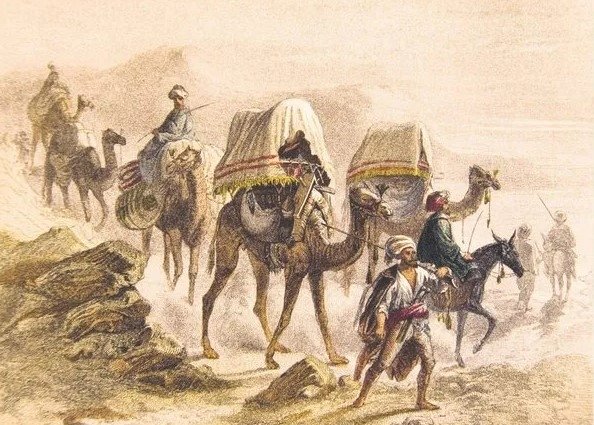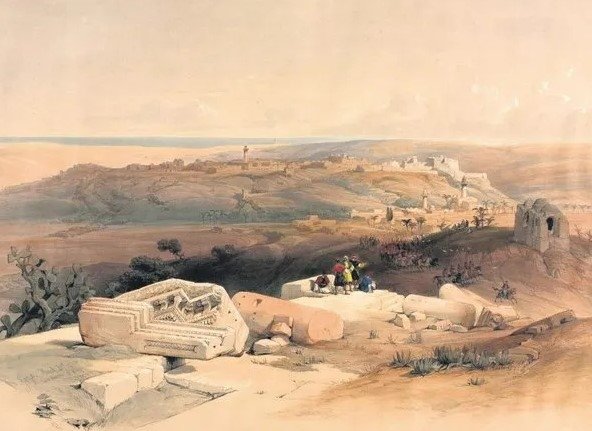When Yavuz Sultan Selim defeated the Mamluk ruler Kansu Gavri in the Battle of Mercidabık in 1516, Syria and Palestine became part of the Ottoman territory. Gaza was organized as a sanjak under the Governorate of Damascus, and Ottoman rule prevailed in the region for 400 years. Muslims, Jews, and Christians lived in peace and justice under the Ottoman rule in Gaza.
Evliya Çelebi, who visited Gaza in 1649, described the region as follows: "This Gaza is still prosperous because it is the home of saints and prophets. It has passed from many states to states. Finally, Selim I from the Ottomans conquered it from the hands of Sultan Gavrî, one of the Egyptian kings and the Circassians, in 1516. It is the throne of the sancakbeyi in Damascus Province. The sanjakbey's share from the sultan is 508,338 silver coins. Zeamet is 7, and timar is 107. According to the law, there are a total of 1150 soldiers, including their warriors, and they go on campaigns under the banner of the pasha and the regiment.

Gaza Castle, described by Evliya Çelebi, is a beautiful small square-shaped stone building in a sandy area an hour away from the seashore to the east. The castle's wall is 20 cubits long, and it has bastions and an iron gate opening towards the qibla. The castle is well-guarded due to its proximity to dangerous Desert Arabs, and it houses the valuable belongings of Gaza notables and villagers.
Gaza City, according to Evliya Çelebi, is a large settlement with six neighborhoods and 1,300 households in a wide flat plain. It is an old city with gardens and masonry buildings adorned with large palaces and houses. Notable structures include the Hüseyin Pasha Palace, which hosts 100-200 mounted guests every night. The city features several mosques, dervish lodges, public fountains, baths, and bazaars.

Evliya Çelebi also provides descriptions of mosques, lodges, public fountains, baths, and bazaars in Gaza. Notable mosques include the Hüseyin Pasha Mosque and the Sinan Pasha Mosque. There are seven dervish lodges, including the Sheikh Şavân Lodge and the Abdullazim Lodge. The city boasts merchant inns and caravanserais, as well as 200 water fountains.
The Bedesten bazaar in Gaza has 600 shops, and although it is not a bustling city, the Sultan Bazaar offers a variety of valuable items. Gaza's inhabitants are described as having white faces, black brows, some black hair, curvy bodies, and a calm and gentle nature. They make a living through their work and earnings, and the city's climate is mild.

Gaza's economy is based on agriculture, with crops like wheat, barley, chickpeas, cotton, and silk. Olive oil is a prominent export, satisfying Egypt's demand. The region also produces grapes, melons, watermelons, dates, and various fruits. Gaza is known for its vineyards, and its people wear distinct clothing based on their social status.
In summary, Evliya Çelebi's account paints a vibrant picture of Gaza during the Ottoman era, highlighting its prosperity, cultural richness, and harmonious coexistence of diverse communities.